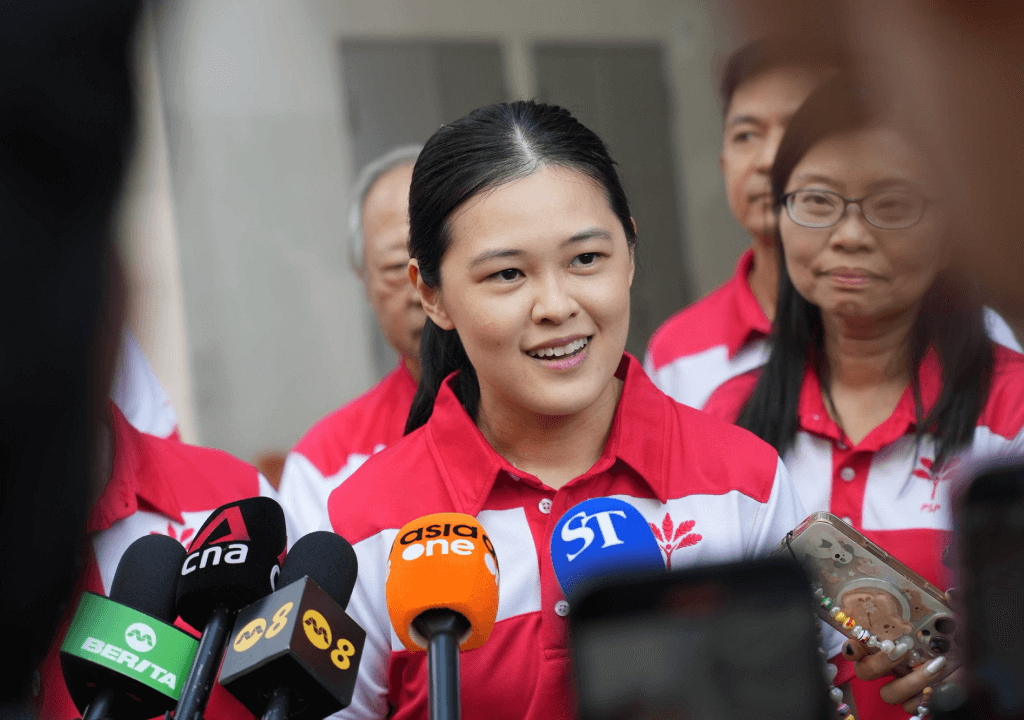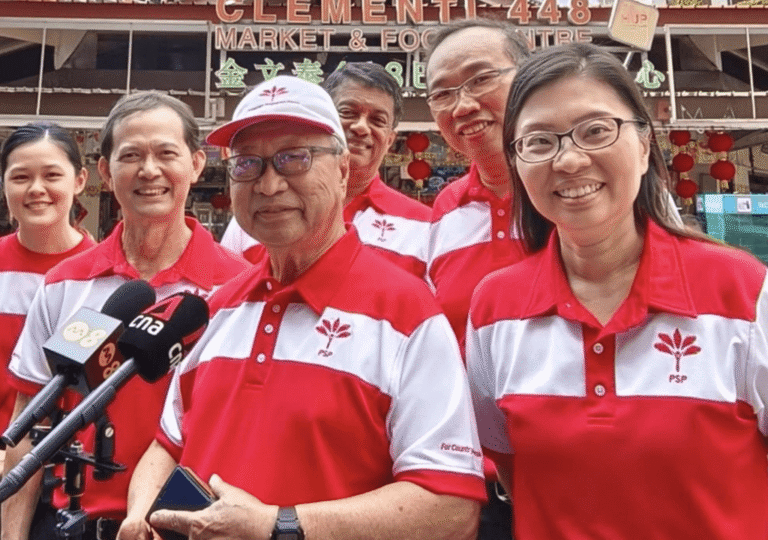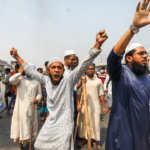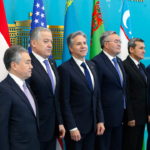On the surface, in an election where the ruling party seems set to maintain power, manifestos may appear ceremonial. Yet in Singapore’s finely balanced democracy, they remain essential—blueprints of intent and declarations of vision. Each manifesto reveals a story: of priorities, promises, and the nation each party hopes to shape.
Ahead of GE2025, every major party has released its manifesto, offering insights into their hopes for Singapore’s future. Though differing in tone and detail, their platforms share a common goal: progress, both economic and social.
While this general election may not dramatically shift the political landscape, it is far from symbolic. It holds meaning for the ruling party, aiming to renew its mandate, and for the opposition, working to expand its presence. Each party enters the race with focus, treating every vote and seat as meaningful.
Now under the microscope of public and media scrutiny, these manifestos reflect the seriousness of the moment. And together, they underscore a quiet but vital truth: in any democracy worth its name, ideas still matter.
PAP for a Brighter Future.
The People’s Action Party (PAP) unveiled its manifesto on April 17, titled Changed World, Fresh Team, New Resolve – Securing a Brighter Future for You, signaling a generational shift and a renewed call for trust under new leadership. Departing from past visuals of sweeping skylines, this year’s campaign video features Prime Minister Lawrence Wong—PAP’s newly appointed secretary-general and the first leader outside the Lee family—speaking plainly against a grey backdrop.
For Wong, this election is more than a political test—it’s a personal referendum. The nine-chapter manifesto outlines the PAP’s vision in an era of heightened uncertainty, addressing perennial concerns like the cost of living, affordable housing, and job stability, while also promoting a more inclusive and modern definition of success.
Many proposals draw from Forward Singapore, a policy roadmap launched in October 2023 after consultations with over 200,000 citizens—a shift from PAP’s traditionally top-down governance style. Rather than sweeping reforms, the manifesto offers refinements across key areas like family support, employment, and retirement.
In his campaign message, Wong emphasized steady leadership and continuity in turbulent times. As Singapore confronts a more complex world, the PAP is not only seeking a renewed mandate but inviting voters to place their faith in a new generation prepared to lead.
WP Presents Alternative Ideas
The Workers’ Party (WP) released its manifesto on the same day, spanning 122 pages, with the first 10 pages standing out as particularly notable. While the party traditionally outlines its views, intentions, and proposals, this time, it also emphasizes its impact on public policy.
In the introduction, the party explains that although it is not in government and cannot directly implement policy, many of its proposals have been adopted in some form, ultimately benefiting Singaporeans.
The manifesto highlights 15 key policies where the party has made a tangible impact. These include the new SkillsFuture Jobseeker Support Scheme, which provides financial aid to retrenched workers, shorter waiting times for Build-To-Order flats, and the Healthier SG program focused on preventative health.
Additionally, the manifesto presents 125 policy proposals across five main areas: affordability and cost of living, economic growth and opportunities, inclusion and equality, accountability and democracy, and security and geopolitics.
In his message to voters, WP chief and Leader of the Opposition, Pritam Singh, emphasized that the party aims to offer alternative ideas that will lead to better outcomes for both the country and its people.
PSP with Progress for All
The Progress Singapore Party (PSP) has unveiled its manifesto, which includes a wide range of policy proposals, such as reducing the Goods and Services Tax (GST) and imposing a levy on employment pass holders. The manifesto outlines over 60 proposals across six key areas: cost of living, housing, jobs and wages, social safety nets, education, and governance.
A standout proposal is the introduction of a quota for employment pass (EP) holders, aimed at helping smaller companies hire a higher proportion of skilled foreign workers. The PSP argues that this quota would strike a fairer balance between Singapore’s relatively small population and the global talent pool, while ensuring that companies can still hire qualified foreign professionals within the system.
Acknowledging the difficulties small and medium-sized enterprises face in securing skilled foreign talent, the PSP views this quota as a way to alleviate staffing challenges. The party also proposes introducing a monthly levy of S$1,200 to maintain fairness between Singaporean and foreign professionals, managers, executives, and technicians.
The party proposes that the government cover the basic premiums for MediShield Life and CareShield Life for all citizens to address growing concerns about healthcare expenses. This plan aims to ease the financial burden on elderly and middle-class Singaporeans, who worry about rising health insurance costs.
Other Manifestos Matter Too
The Singapore Democratic Party (SDP) revealed its manifesto on April 20, presenting bold proposals such as pricing new HDB flats between $90,000 and $270,000, making maternal and pediatric healthcare largely free, reducing the Goods and Services Tax (GST) to 7%, and abolishing the PSLE. Structured around six broad pillars spelling out “Thrive,” the manifesto includes over 40 proposals covering fair taxation, universal healthcare, environmental sustainability, rational immigration policies, a voluntary housing redevelopment scheme, and an education system designed to foster creativity and equity.
Red Dot United (RDU) released its 24-page manifesto on April 19, proposing unconditional cash transfers to help Singaporeans manage rising costs, along with a policy ensuring that all HDB flats qualify for redevelopment to preserve their value. The party also advocates for stronger support for small and medium-sized local enterprises.
On the same day, the Singapore People’s Party (SPP) launched its 16-page manifesto, titled “It Is Time,” which covers nine themes, including economic equity and sustainable public transport. Among its proposals, the SPP suggests distributing annual budget surpluses as CDC vouchers, increasing aid for low-income families, and halting any GST hikes unless the budget deficit exceeds 3% of government revenue for three consecutive years.
The SPP also calls for progressive taxation, proposing higher income taxes for the top 2% of earners, and advocates for reinstating estate duty for ultra-high-net-worth individuals.
As the General Election approaches, voters have two weeks to evaluate these competing visions for Singapore’s future. It remains to be seen how many of these ideas will influence the direction of the next People’s Action Party (PAP) government.







